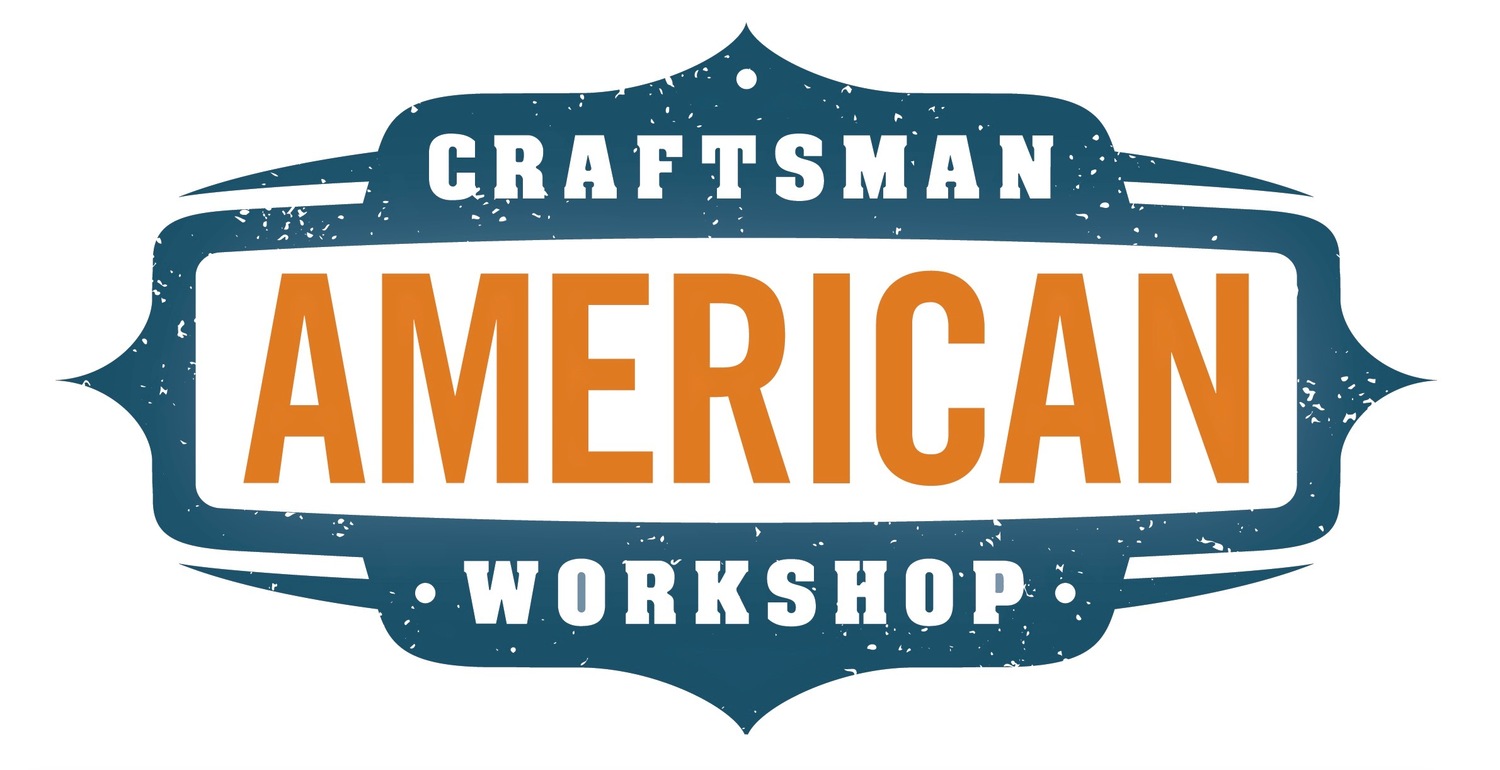Exposure in Thrillist.com
/A Web Of Connections
You never know the connections that might be made from being in a show, exhibition, or getting published. It seems like it is never is a straight line in arriving to that point nor where you may go from there. It is more like a spider web of connections and interconnections.
Since being included in the fine woodworking exhibition at the Museum of the Rockies in Bozeman, I have all sorts of emails and contacts that have come my direction. One of them was from the executive editor of Thrillist.com. It is an online source for articles covering what's cool and happening in the world of art, entertainment, food, and products. In their own words "Thrillist Sifts Through The Crap...to find the best new spots to eat, drink and shop in your 'hood."
People travel, and so does the executive editor of Thrillist, who lives in New York City. While visiting his family in Bozeman, MT he stopped in to see the fine woodworking exhibition at the Museum of the Rockies and was impressed enough that he had to give it some exposure in the Thrillist.com website.
I am one of the 6 artists shown in the article for my prairie chandelier. The picture included in the article was an image that shows the inspiration, conception, and final project.
Not long after the article was released, a man from Cleveland contacted me because he recognized the stairwell tower, and could not believe that it provided inspiration for such a fine project. He asked if I had contacted the architect that designed the structure, which I have not, I do not even know who the designer is. There certainly is potential to make more valuable contacts if I pursue this.
The Gold Nugget For Today
Here is the gold nugget for woodworkers that ask me "how do you do it?" This whole situation, including how I got in the exhibition, is the result of a series of connections and interconnections being made. It is the reward for a lot of effort and time invested in the shop building projects and then making connections to show people my work. It takes the ability to recongize an opportunity, and it takes effort to take advantage of it.
I will also admit, that it takes a bit of luck in making just the right connections, but that still does not happen without putting forth the effort.
What's Good For One Is Good For Us All
I thought it was pretty cool not only to be included in the online article, but the fact that the world of fine woodworking and design got a boost from a main-stream source that is not just focused and centered on woodworking, which is usually the case. It helps to spark interest in the art of fine woodworking and keep it alive.
Check out the article at Thrillist.com, and also see what else they may have that might interest you. Thanks to the guys at Thrillist for giving the craft of fine woodwork & design the exposure!
Now it's time to get motivated and get moving out to the shop to build something!
Your friend in the shop,
Todd A. Clippinger
Share the Love-Share the Knowledge



















